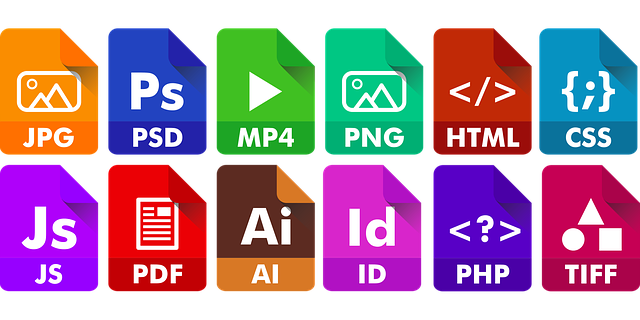
The past 7 months have been somewhat of a crazy blur. Not because of the unprecedented Covid19 pandemic we are living through, but because I have been crazy busy, adding new tools to my digital toolbox.
Last year, by October, I had finished 2 big contracts, that were my bread and butter money. Even before the pandemic outbreak started, I realised there just wasn’t enough work for me locally, and I needed to reach out into the remote working world more. I am used to working remote, but the majority of my clients are local. So I decided to take a week’s break, and really sit down and think about my future.




